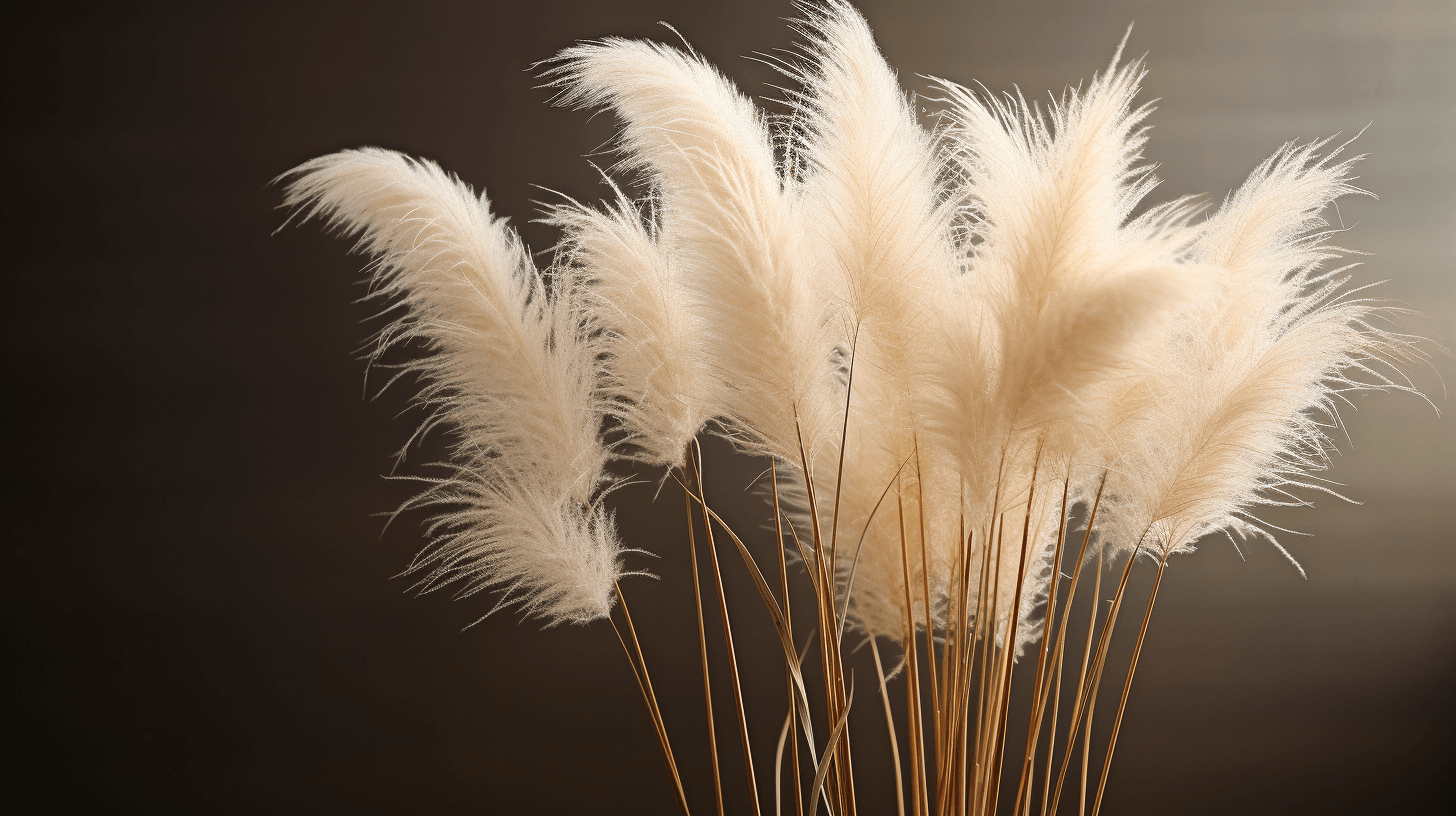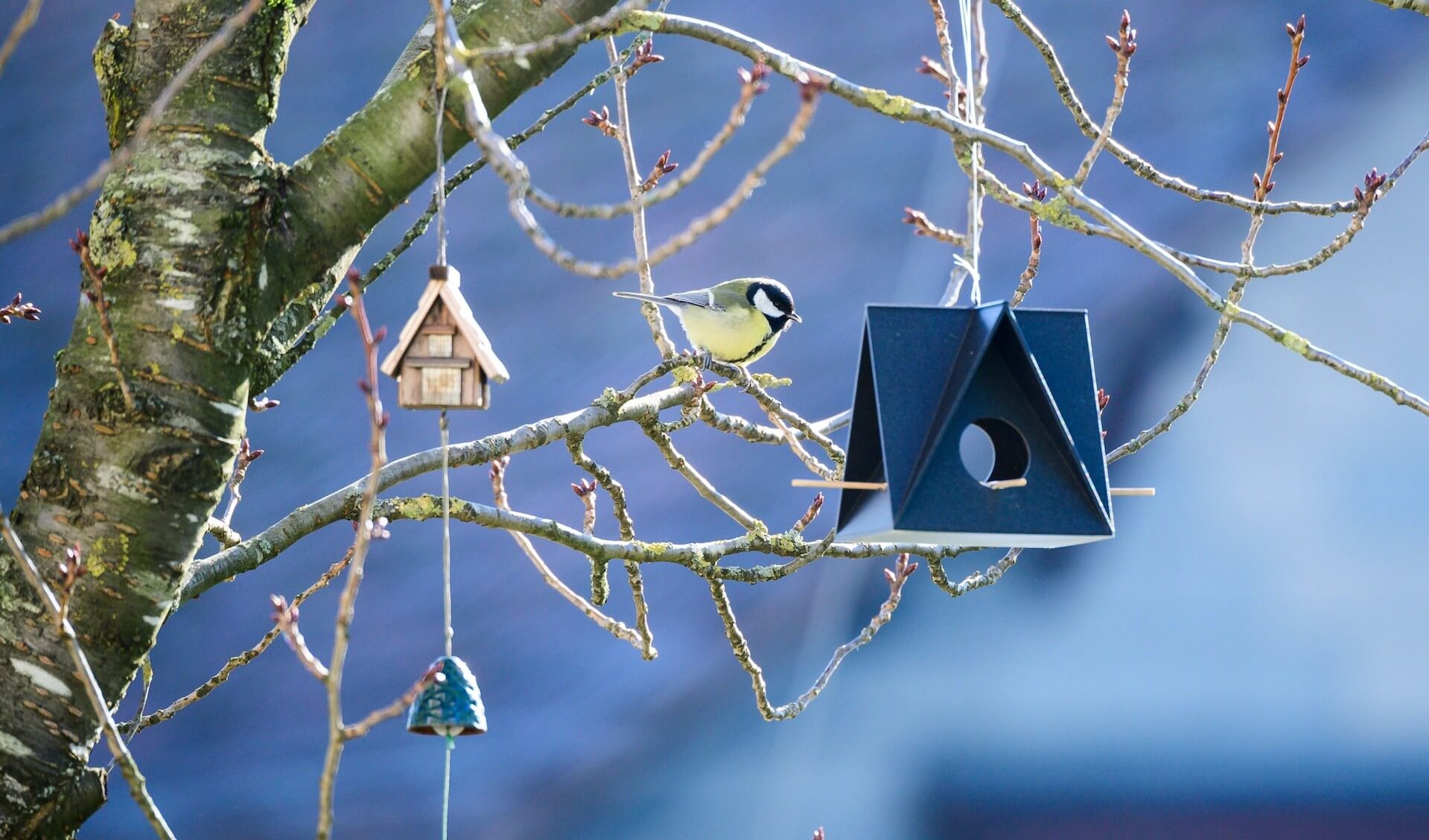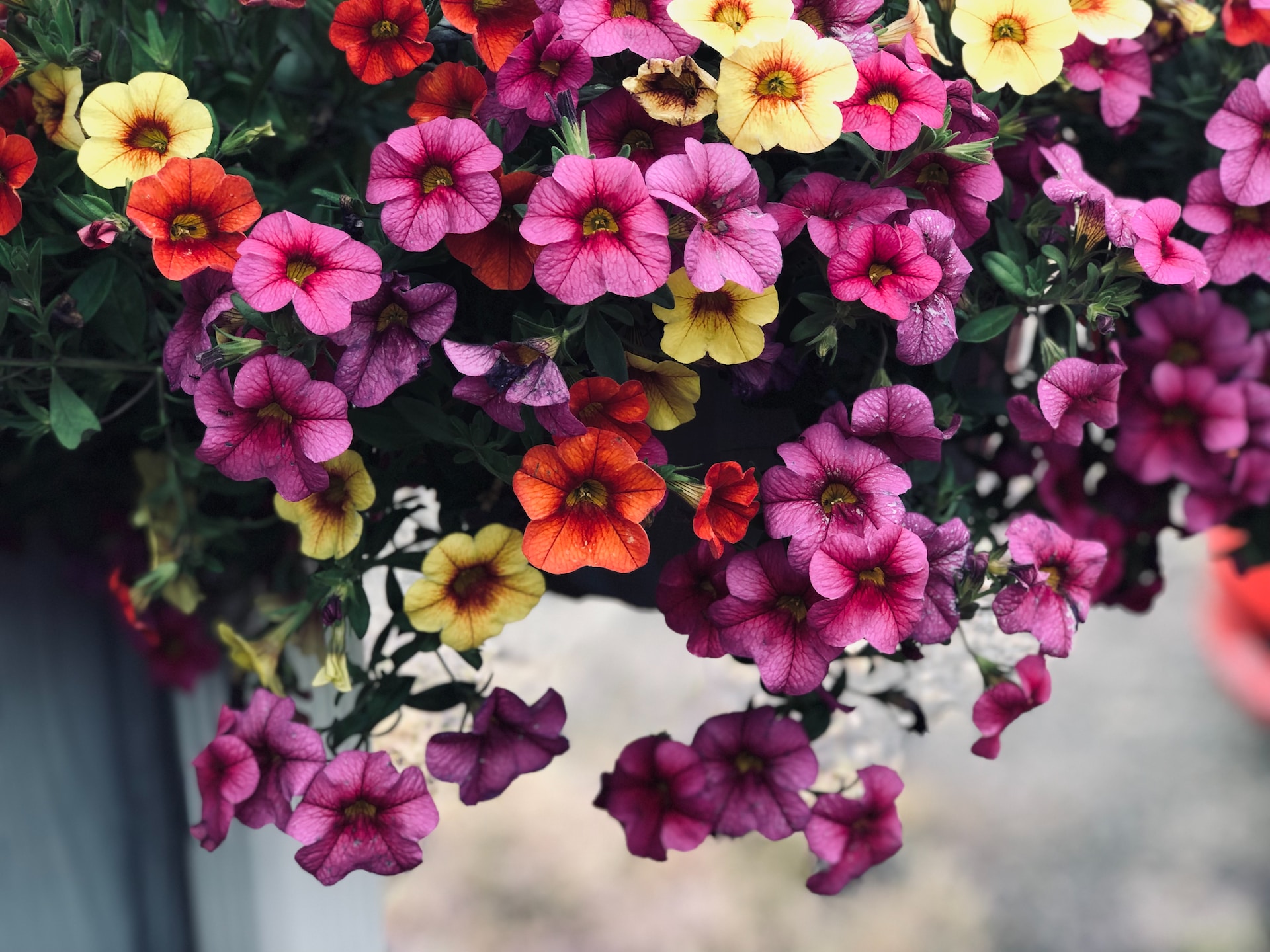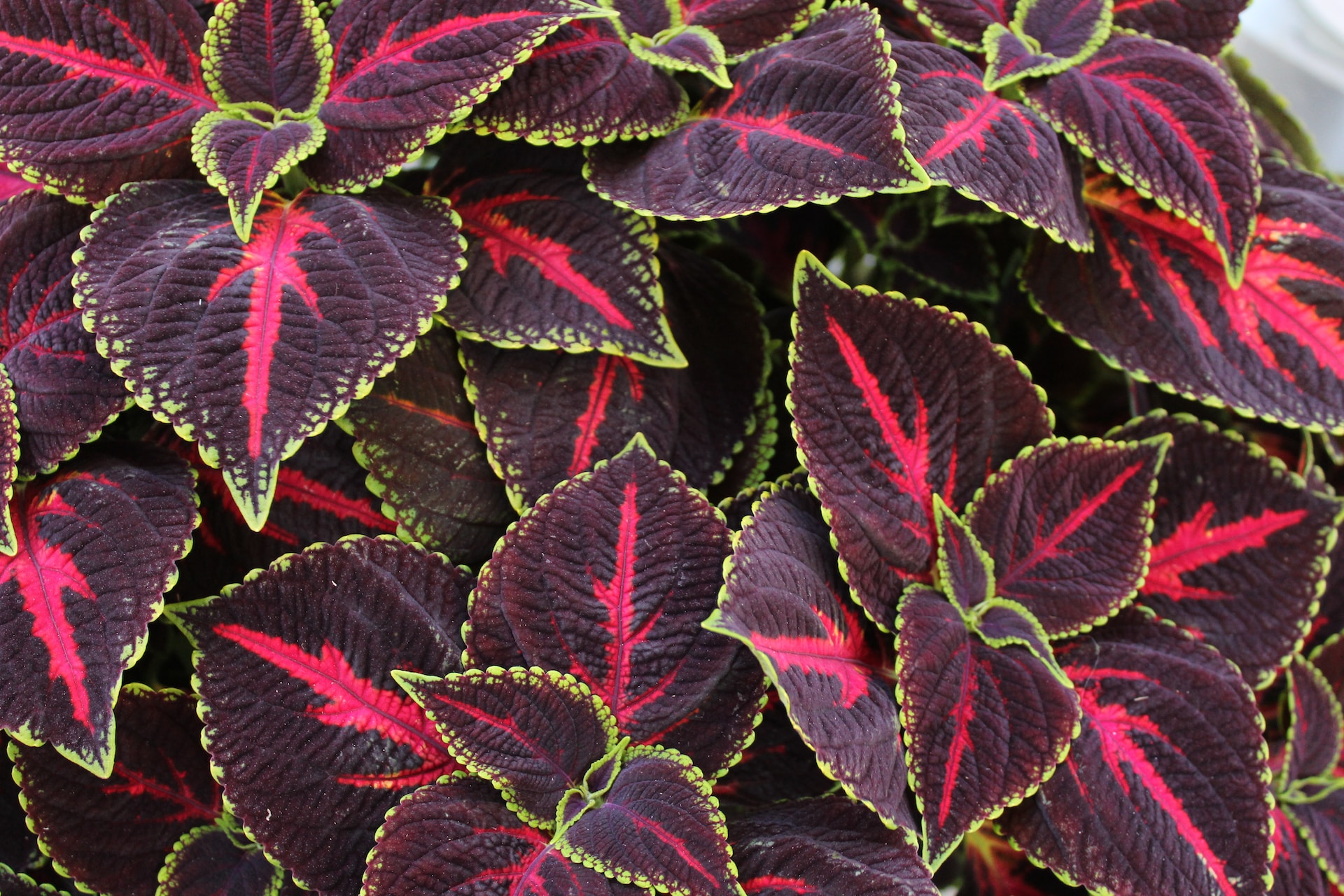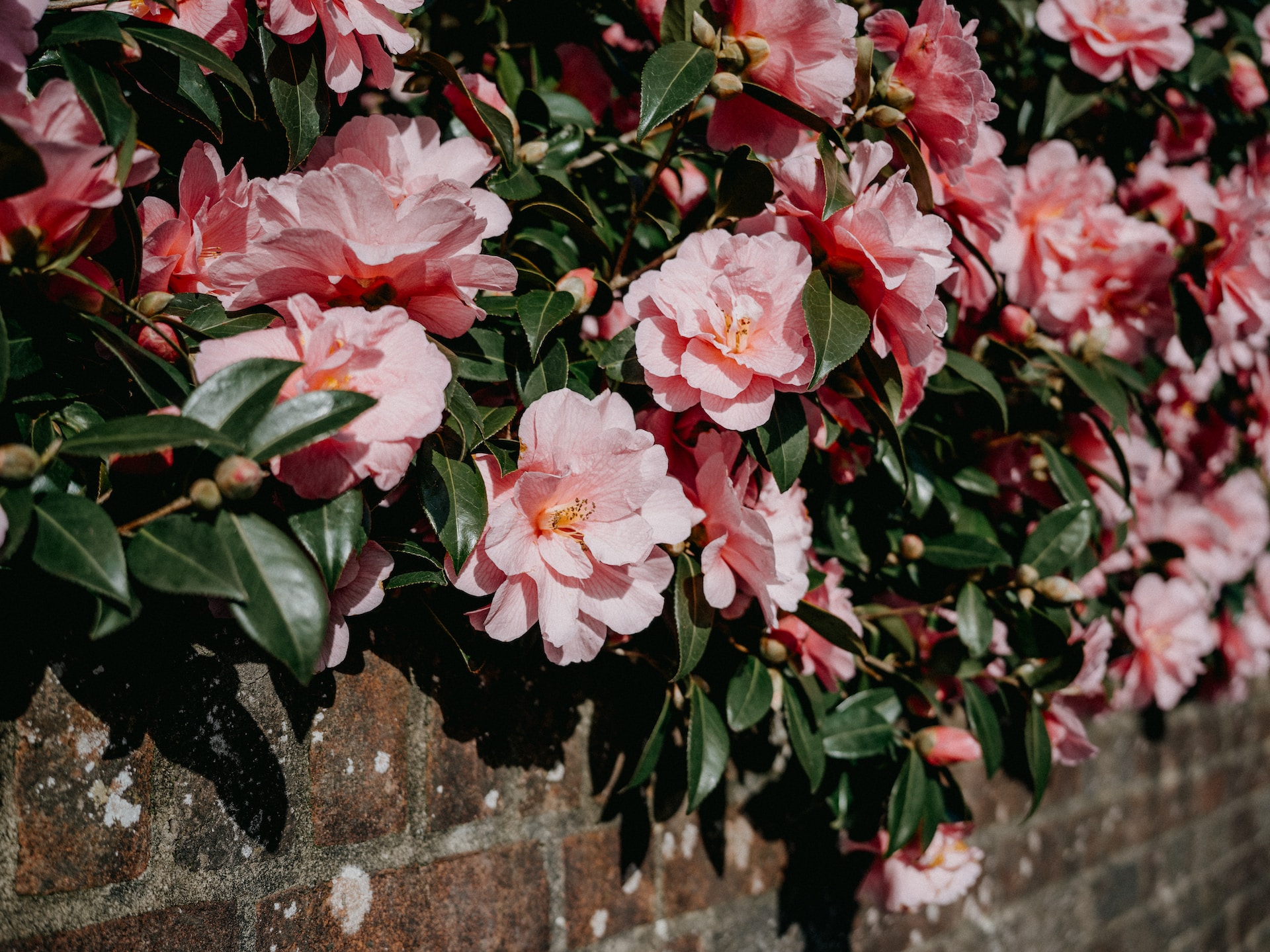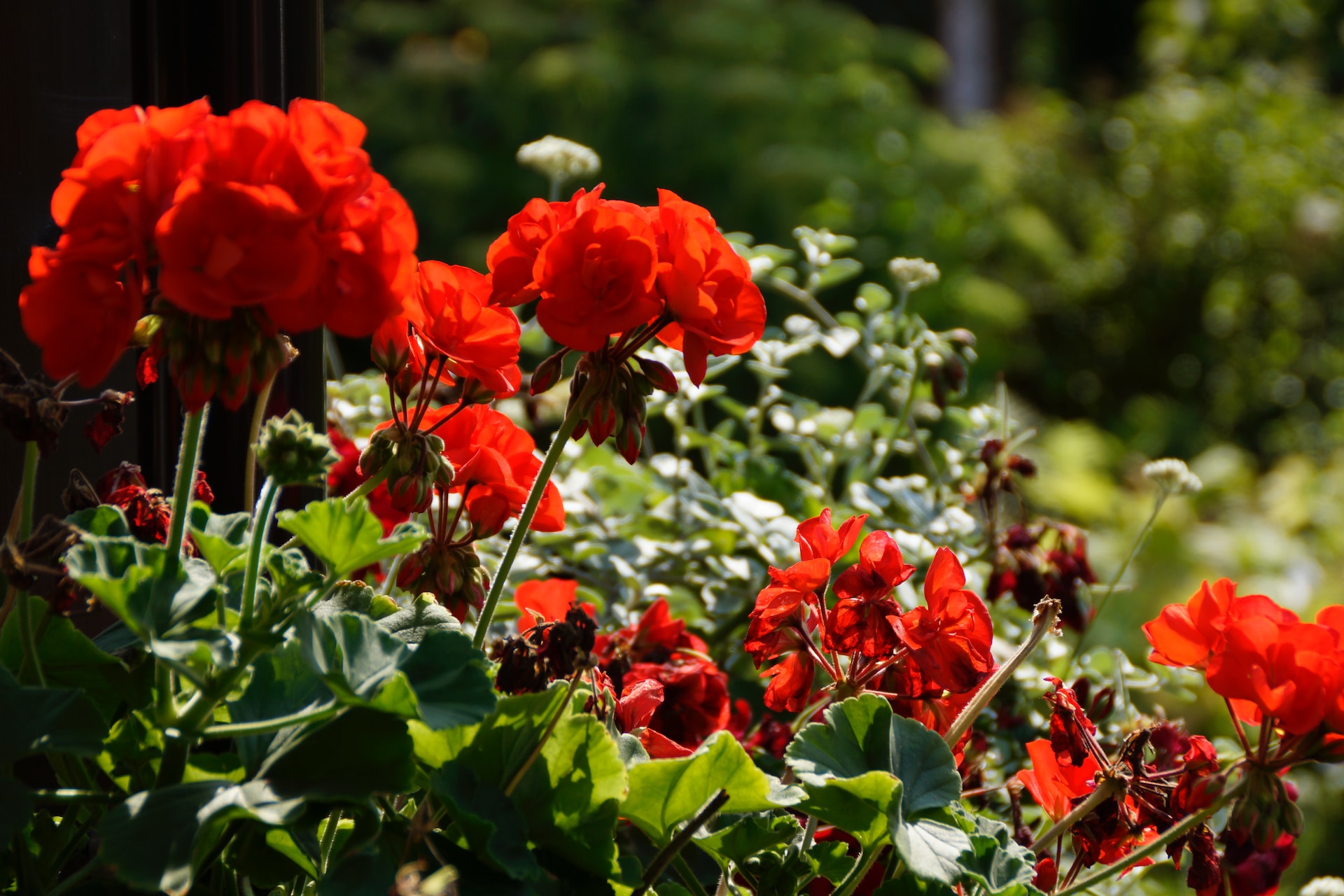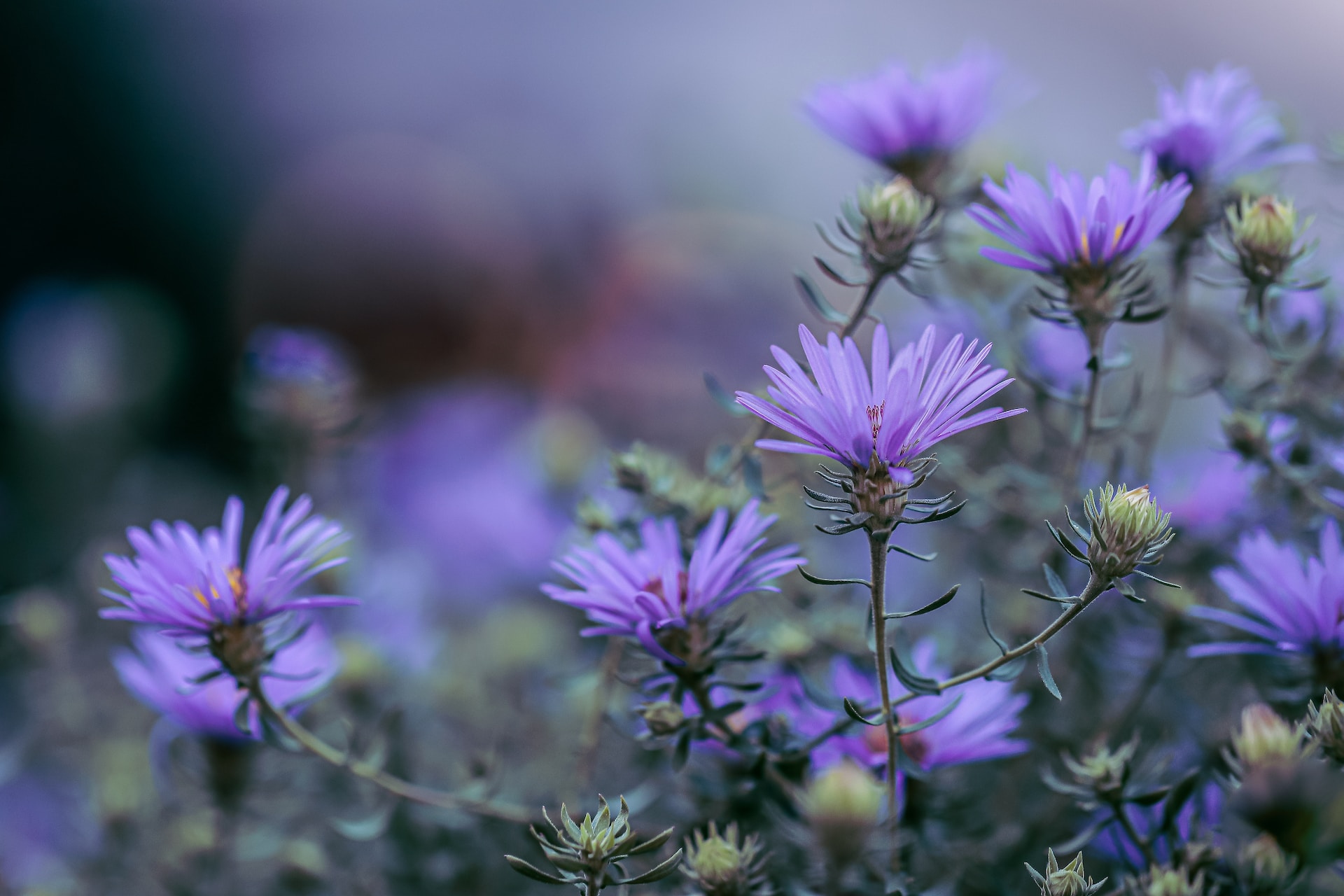
September is a pivotal month for gardening in the UK as it marks the transition from summer to autumn. There’s a variety of tasks you can engage in to ensure your garden thrives in this transitional period and sets the stage for the seasons to come. Here’s a comprehensive guide to what you should be doing in your garden during September:
Lawn Care:
- Aeration: September is an excellent time to aerate your lawn. Use a garden fork or specialized aerating tools to alleviate compaction and enhance soil drainage.
- Overseeding: Fill in bare patches by overseeding your lawn. The cooler temperatures and potential rainfall will aid germination.
Planting and Transplanting:
- Bulbs: Plant spring-flowering bulbs such as daffodils, tulips, and crocuses for a burst of colour next year.
- Perennials: Early September is suitable for planting new perennials, giving them time to establish their root systems before winter.
- More:
- Turnip, spinach, winter lettuce, and Asian vegetables.
- Overwintering onion sets
- Spring cabbages
Harvesting Fruits and Vegetables:
Many crops are ready for harvesting in September. This includes apples, pears, plums, raspberries, and late-season vegetables like carrots, beets, and winter squashes.

Tom Chambers Rustic Hedgehog House
by Chessington Garden Centre

Wildlife World Shenstone Bird Bath
by GardenWildlifeDirect
Pruning:
- Summer-Flowering Shrubs: After their flowering period, prune shrubs like lavender and cistus to maintain shape and promote growth.
- Roses: Deadhead spent blooms and lightly prune roses to encourage further flowering before winter.
Dividing and Propagating:
- Perennials: Divide overcrowded perennials like hostas and irises. This rejuvenates the plants and provides an opportunity to expand your garden.
- Cuttings: Take semi-hardwood cuttings of favorite shrubs for propagation.
Preparation for Winter:
- Mulching: Apply a layer of mulch around the base of plants to protect their roots from freezing temperatures and reduce weed growth.
- Tender Plants: If you have tender plants that won’t survive the winter outdoors, start preparing them for indoor conditions by gradually acclimating them to lower light and humidity.
Composting:
- Fall Cleanup: As you tidy your garden for winter, add plant debris, leaves, and other organic matter to your compost pile.
- Compost Application: Spread mature compost on flower beds and borders to enrich the soil for the next growing season.

Flutter Butter Eco Refill Starter Pack
by GardenWildlifeDirect

Tom Chambers Select Bird Feeding Station
by GardenWildlifeDirect
Wildlife and Habitats:
- Bird Feeders: Begin providing food for birds as natural food sources become scarcer.
- Hedgehog Shelters: Ensure hedgehogs have a safe place to hibernate by leaving areas of your garden slightly wild.
Planning and Design:
- Autumn Planting: Plan for autumn and winter interest by selecting plants with attractive bark, berries, or foliage.
- Garden Layout: Consider rearranging or adding new features to your garden’s design during this quieter period.
Tool Maintenance:
Clean your gardening tools, sharpen blades, and store them properly to ensure they’re in good condition for next season.
💡 Read more at The Royal Horticultural website.
Remember that weather conditions can vary, so keep an eye on local forecasts and adapt your gardening tasks accordingly. September is a fantastic time to savour the changing colours of your garden and set the foundation for a vibrant landscape in the coming seasons.
** This post may contain affiliate links. This means that if you make a purchase through these links, I may earn a commission at no additional cost to you. I only recommend products or services that I would personally use and believe will add value to my readers. Thank you for your support!


